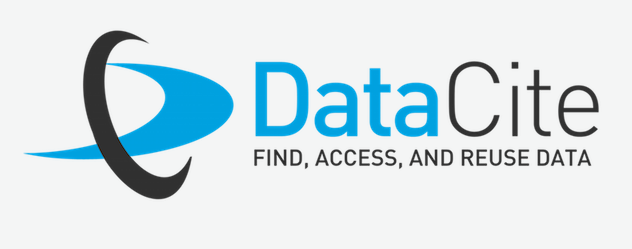The future role of using deep brain stimulation: The things that pass through the minds of two high school students
DOI:
https://doi.org/10.5281/zenodo.8104921Keywords:
deep brain stimulation, Parkinson, neurosurgeryAbstract
Objective: Parkinson's disease is a brain condition that results in unintentional or uncontrollable movements like trembling, stiffness, and issues with balance and coordination. Typically, symptoms start mildly and get worse over time. People could experience difficulties speaking and walking as the illness worsens. The most often performed surgical treatment for Parkinson's is deep brain stimulation (DBS). DBS is not for everyone while being transformational for some. Our study aims to analyze the results of two high school students on DBS Parkinson's patients and to reveal their thoughts on its future usability.
Materials and Methods: The study was carried out with the prospective evaluation of Parkinson’s patients who had DBS surgery in the Neurosurgery clinic of our hospital between August 2021 and July 2022.
Results: DBS surgery was performed in 18 patients. Due to the deaths of three of these patients during the trial, they were not included in the analysis. In addition, 4 patients who were not able to be reached did not request post-operative follow-ups. There was a statistically significant increase in the study group's post-procedure SF 36 scale score changes for the physical function (p:0.001), physical role difficulty (p:0.008), pain (p:0.042), general health (p:0.003), and social functionality (p:0.004) subscales. Energy/aliveness/vitality, emotional role difficulty, and mental health subscale scores did not significantly correlate with one another (p>0.05). The amounts of change in the SF-36 subscale scores were found to be statistically equivalent when the distribution of the change in post-procedure scores by gender was investigated (p>0.05). A significant and adverse correlation between the change in the general health subscale score and age was discovered when the relationship between SF-36 subscale scores and age were investigated (Rho: -0.681, p:0.021). Age and the change in other subscale scores were not correlated statistically significantly (p>0.05).
Conclusions: In the comparison of 11 Parkinson's patients treated with DBS with SF-36 form before and after DBS, physical function, physical role difficulty, pain, general health, and social functionality increased at a certain level after DBS and were found to be statistically significant.
References
Rama Raju V. Edge detections of MER Signals of STN with DBS micro electrode local field potential acquisitions in Parkinson`s. IP Indian Journal of Neurosciences. 2022;7(4):281-86.
Lee DJ, Lozano CS, Dallapiazza RF, Lozano AM. Current and future directions of deep brain stimulation for neurological and psychiatric disorders. J Neurosurg. 2019;131(2):333-42.
Schuepbach WMM, Rau J, Knudsen K, Volkmann J, Krack P, Timmermann L, et al. Neurostimulation for Parkinson’s Disease with Early Motor Complications. 2013;368(7):610-22.
Abboud H, Mehanna R, Machado A, Ahmed A, Gostkowski M, Cooper S, et al. Comprehensive, Multidisciplinary Deep Brain Stimulation Screening for Parkinson Patients: No Room for “Short Cuts.” Mov Disord Clin Pract. 2014;1(4):336.
Khan IS, D’Agostino EN, Calnan DR, Lee JE, Aronson JP. Deep Brain Stimulation for Memory Modulation: A New Frontier. World Neurosurg. 2019;126:638-46.
Wang TR, Moosa S, Dallapiazza RF, Elias WJ, Lynch WJ. Deep brain stimulation for the treatment of drug addiction. Neurosurg Focus. 2018;45(2):E11.
Tysnes OB, Storstein A. Epidemiology of Parkinson’s disease. J Neural Transm. 2017;124(8):901-05.
Taylor JJ, Krystal JH, D’Souza DC, Gerrard JL, Corlett PR. Targeted neural network interventions for auditory hallucinations: Can TMS inform DBS? Schizophr Res. 2018;195:455-62.
Musk E. An integrated brain-machine interface platform with thousands of channels. J Med Internet Res. 2019;21(10).
Fiani B, Reardon T, Ayres B, Cline D, Sitto SR. An Examination of Prospective Uses and Future Directions of Neuralink: The Brain-Machine Interface. Cureus. 2021;13(3):e14192.
Sarac ET, Yilmaz A, Aydinli FE, Yildizgoren MT, Okuyucu EE, Okuyucu S, et al. Investigating the effects of subthalamic Nucleus–Deep brain stimulation on the voice quality. Somatosens Mot Res. 2020;37(3):157-64.
Downloads
Published
How to Cite
Issue
Section
License
Copyright (c) 2023 Ulus Medical Journal

This work is licensed under a Creative Commons Attribution 4.0 International License.








